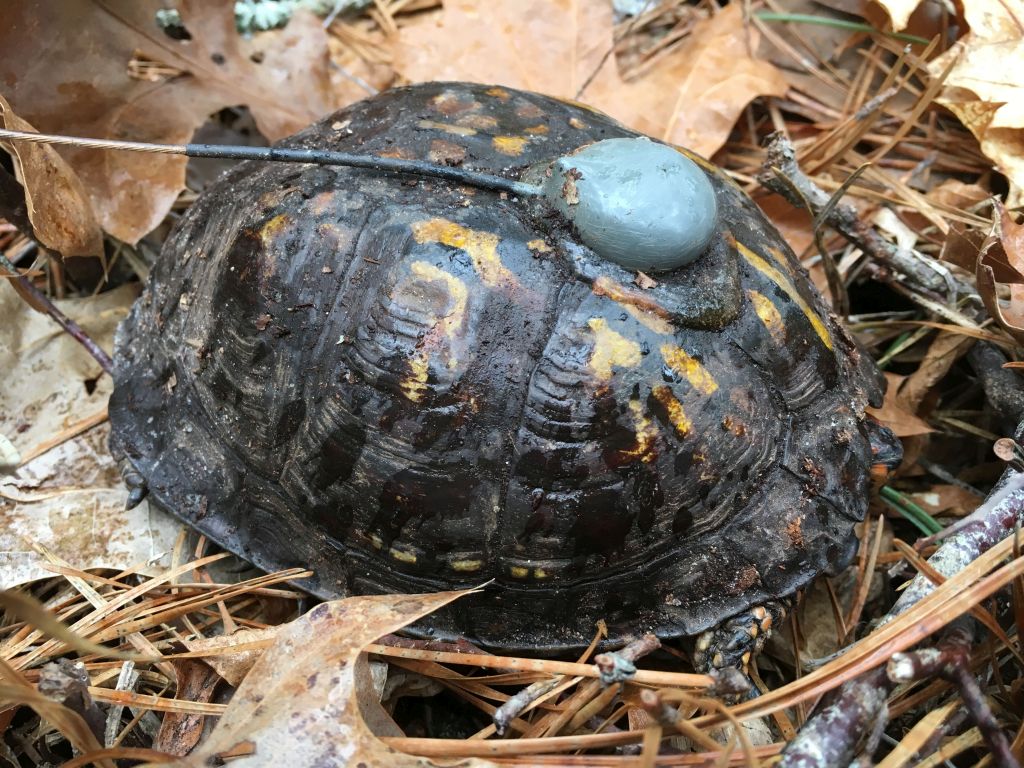Where Do Box Turtles Go In The Winter?
As the days grow shorter and the temperatures start to drop, many animals begin to prepare for the cold winter months ahead. Box turtles, in particular, have a unique approach to surviving the winter months, as they will often burrow underground or find a safe spot to hibernate. But where exactly do box turtles go in the winter? In this article, we’ll explore the different behaviors box turtles display during the winter, and how they manage to stay safe and warm until the spring arrives.
Box turtles spend the winter in hibernation, usually burrowed in the ground or under rocks, logs, and other debris. During hibernation, they slow down their bodily functions and become dormant. Box turtles usually become active in the spring when temperatures start to rise.
It is important to provide box turtles with a place to hibernate. If you keep a box turtle as a pet, you should provide a suitable hibernation location. This could be a shallow hole in the ground, a container filled with damp compost, or a pile of leaves or grass clippings. Make sure the hibernation location is outside and in an area that does not get too cold or too hot.

language
Where Do Box Turtles Go in the Winter?
Box turtles are an iconic species of American wildlife. They have been around for thousands of years, and they have been a part of the American landscape since before European settlers arrived. But while they are incredibly resilient and adaptable creatures, they still have their limits. One of those limits is their ability to survive cold temperatures. So when the winter months arrive, where do box turtles go?
Hibernation
The primary method box turtles use to survive cold temperatures is hibernation. Hibernation is a state of dormancy during which the turtle’s metabolic rate and body temperature are significantly reduced. During hibernation, the turtle does not need to eat, drink, or move around. This means that the turtle can conserve its energy and survive in temperatures that would otherwise be too cold for it to handle.
Box turtles hibernate in burrows that they dig in the ground, typically in areas with soft soil such as sandy hillsides and wooded areas. The burrow is usually a few inches to a foot deep and is large enough for the turtle to comfortably fit in. The turtle lines the burrow with leaves and other materials to help insulate it from the cold.
Habitat
In addition to hibernation, box turtles also take advantage of their natural habitat to survive the winter months. Box turtles typically inhabit areas with plenty of vegetation and leaf litter. This provides them with shelter and insulation from the cold, as well as food sources such as insects and worms. Box turtles also tend to seek out areas with rocky outcroppings, tree roots, and other places that provide them with additional protection from the elements.
Temperature
Another factor that affects where box turtles go in the winter is temperature. Box turtles are cold-blooded animals, and they cannot regulate their own body temperature. This means that they rely on the environment to keep them warm and protect them from the cold. As such, box turtles tend to migrate to areas with higher temperatures during the winter months. This can include areas with more sunlight, such as the south-facing side of a hill, or areas with warmer soils, such as the base of a shallow valley.
Adaptability
Box turtles are incredibly adaptable creatures, and their ability to survive in a variety of conditions is one of the reasons why they have been around for so long. This means that they are capable of finding suitable habitats in a variety of environments. As long as the temperature is within their preferred range and they have access to food and shelter, they will be able to survive the winter months.
Winter Survival Strategies
In addition to hibernation and habitat selection, box turtles also have a variety of other strategies for surviving the winter months. For example, some species of box turtles have thick, scaly skin that helps them to retain body heat and protect them from the cold. They also have the ability to burrow deeper into the soil and go deeper into their burrows during cold snaps. Finally, box turtles can also dig deep into leaf litter and other organic material to insulate themselves from the cold.
The Growing Season
Box turtles take advantage of the growing season to prepare for the winter months. During this time, box turtles eat as much as they can and put on as much fat as possible. This fat will serve as insulation and help them to survive the cold temperatures of winter. Additionally, box turtles also use this time to dig burrows, find suitable hibernation sites, and prepare for their winter migration.
Winter Migration
While some box turtles may stay in one area all year round, many species of box turtle will migrate to warmer climates during the winter months. This migration is often driven by a combination of factors such as temperature, food availability, and the presence of suitable hibernation sites.
Human Impact
Humans can have a major impact on the ability of box turtles to survive the winter months. For example, human activities such as urbanization, deforestation, and agriculture can reduce the amount of suitable habitat for box turtles, making it harder for them to find food and shelter during the winter months. Additionally, human activities such as hunting and collecting can reduce the overall population of box turtles, making it harder for them to reproduce and build up their numbers for the winter months.
Conservation Efforts
In order to protect box turtles and ensure their long-term survival, conservation efforts are needed. This includes protecting their natural habitats, creating and maintaining suitable hibernation sites, and reducing the impact of human activities on their populations. Additionally, educating the public about box turtles and the importance of conserving their habitats can help to ensure that these iconic species of American wildlife will continue to be a part of our landscape for many years to come.
Related Faq
Where Do Box Turtles Go in the Winter?
Answer 1: Box turtles are cold-blooded creatures, meaning that they rely on their environment to regulate their body temperature. In the winter, when temperatures drop, these turtles will enter a state of brumation, similar to hibernation in mammals. During this time, they will burrow into the ground or find a place of shelter that will provide warmth and protection from predators.
Answer 2: During brumation, box turtles will slow their metabolism and become inactive. This allows them to conserve energy and survive the winter months. They will also become less active and may not move around as much or eat as much as they do during the warmer months. While they may move around a little, they will usually remain in the same area until spring arrives.

How You Can Help Turtles Hibernate
In conclusion, box turtles are remarkable creatures that can easily adapt to their environment and its changing conditions. In the winter, they go into a period of dormancy, finding shelter and hibernating in leaf litter, logs, and other areas of the forest. Box turtles are also capable of surviving colder temperatures by using their shells to warm up and regulate body temperature. By being aware of the hibernation habits of box turtles, we can help ensure their survival and continued presence in various ecosystems.

